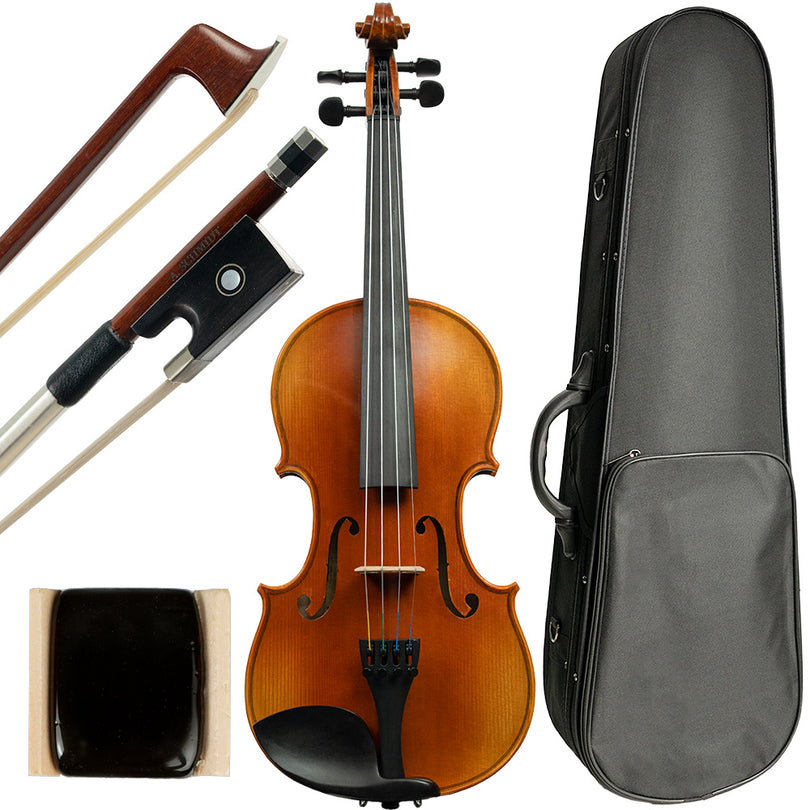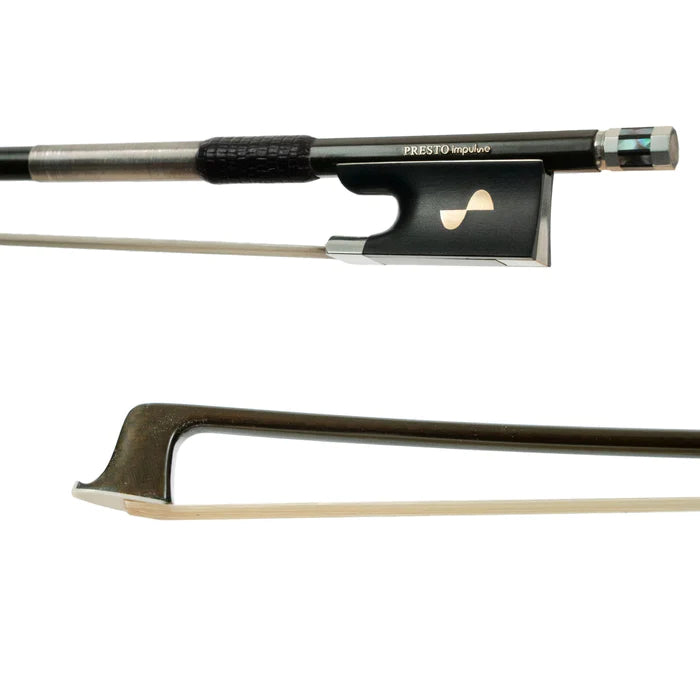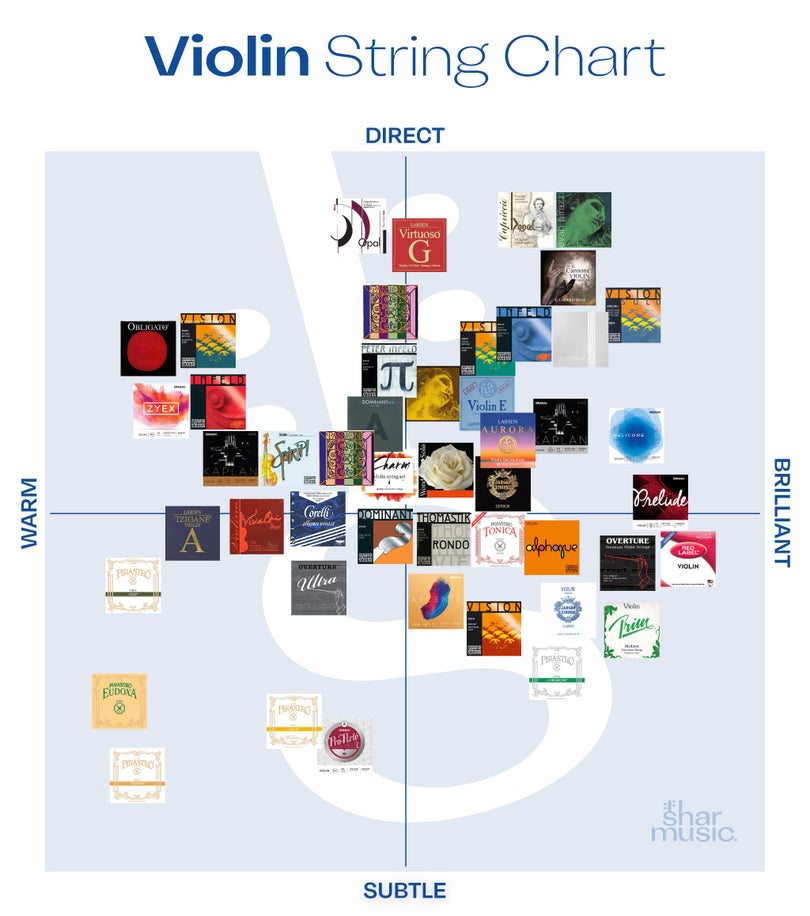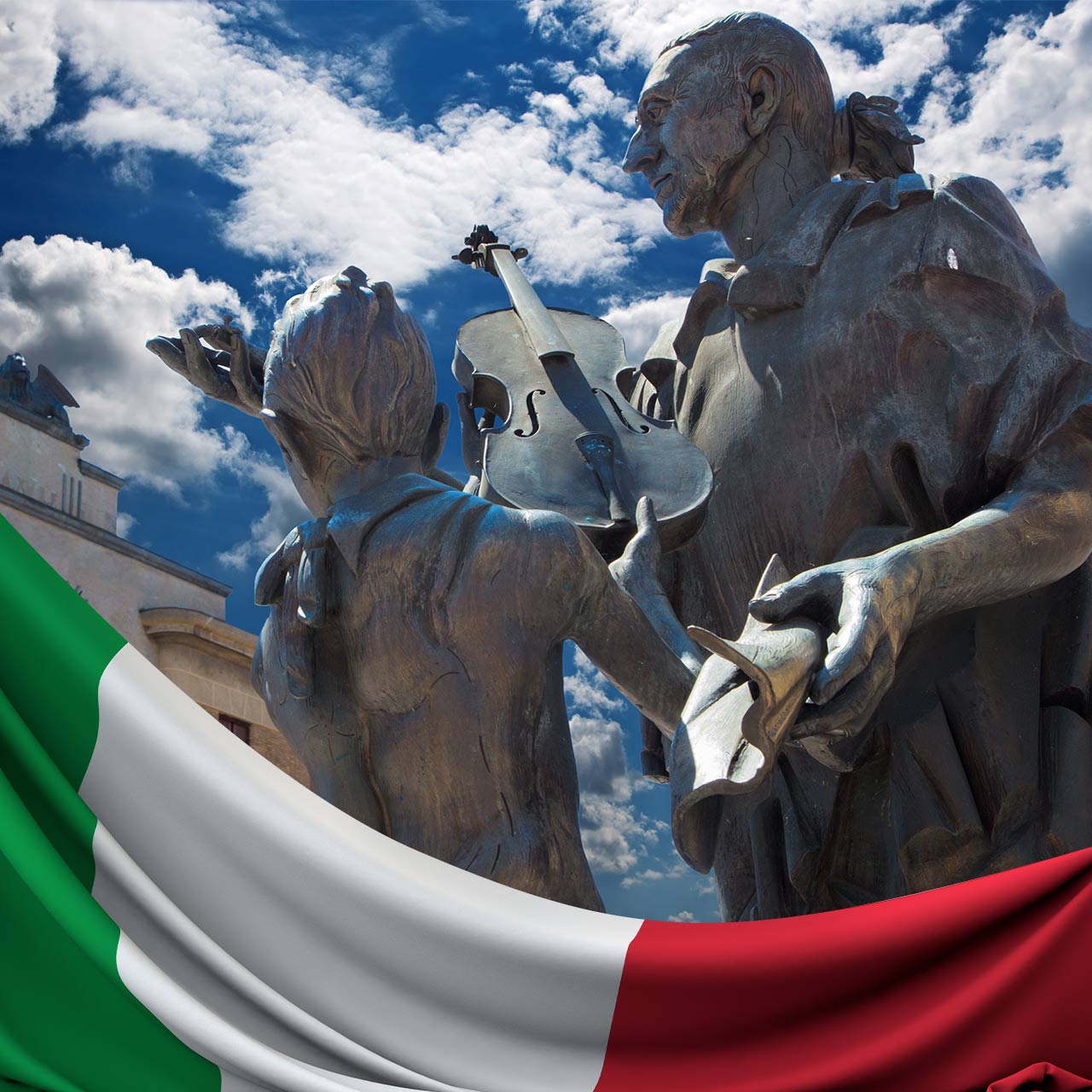Cremona: The Birthplace of Today's Violins
The origins of the violin were likely rooted in India or the Far East. In fact, musical instruments that are played with a bow appear in centuries-old paintings and pottery from many different civilizations.Yet there is no doubt that the fiddle instrument we recognize today originated in the mid-1500s in Cremona, Italy, more specifically from the hand of one Andrea Amati. Andrea's grandson, Nicola Amati, enlarged the pattern and refined the violin, and passed his knowledge to two of history's most legendary violin makers, Stradivari and Guarneri.
In short order, other famous makers emerged in Cremona, Carlo Bergonzi being the most prominent. Cremona had quickly become famous throughout Europe and elsewhere. Indeed, this Golden Age of violin making produced the greatest violins the world has ever known.
By the middle of the 18th century, Amati, Stradivari, Guarneri and Bergonzi were gone. The great makers Guadagnini, Pressenda, and Rocca were yet to come. Cremona had lost its former prominence, and Turin had become the next great Italian center of violin making, followed by Venice, Parma, and other centers that had adopted the techniques of the great old masters.
Around the time of the rise of the guild system in Germany and France, close proximity to forests, coupled with the opening of trade routes, created a vast increase in wealth throughout Europe. With that increased wealth came an increased demand for violins. Germany and France's well-made workshop instruments had a huge impact on the Italian violin market, where instruments were still handcrafted by individual makers. Except for a few great makers, Italy was largely eclipsed in this time period.
Today, however, Cremona is a bustling and prestigious violin making center once again, having gone back to the roots of violin making as practiced by the great Cremonese masters of the golden age. With the guild system largely bypassing Cremona, the traditional way of violin making has enjoyed a renaissance in Cremona. The Cremona International Violin Making School opened in 1938, and has produced great makers ever since.
As in the earlier bygone era, Cremona has had a profound influence on the art of modern making, with similar schools opening in Parma, Milan, and other centers. Focusing strictly on individual handcraft techniques — from wood selection to varnish work — and eschewing modern production processes, traditional violin making is alive and well in Italy today. A modern violin from the hands of a well-known Italian maker is held in the highest esteem by today's players and collectors, and they regularly fetch the highest prices in the market for new violins.









